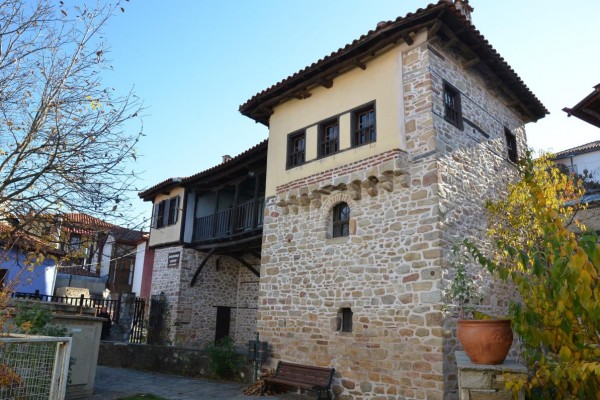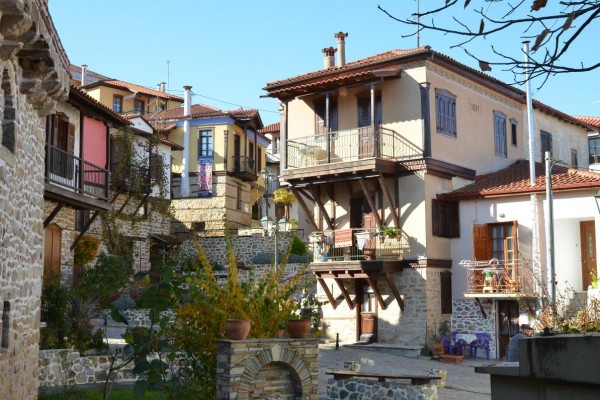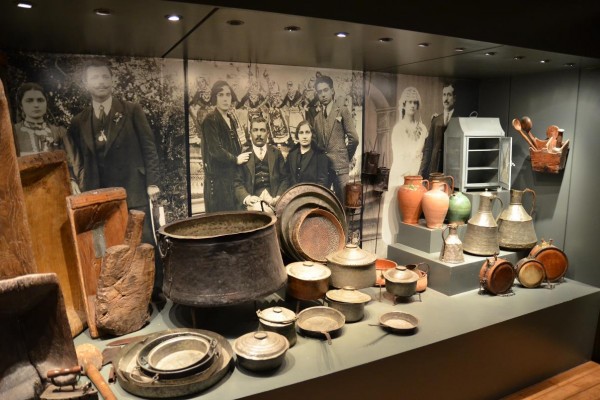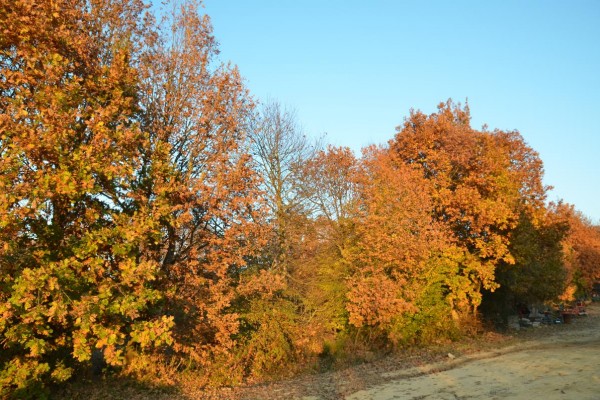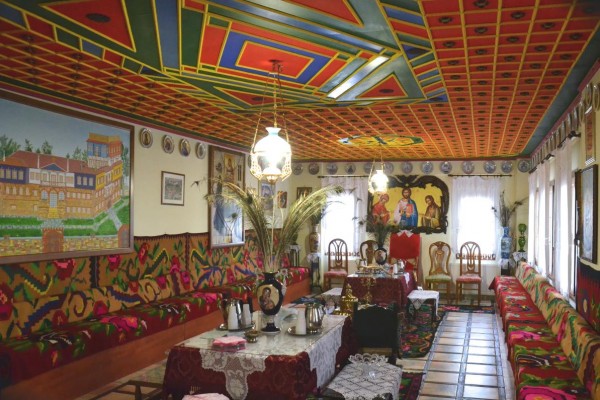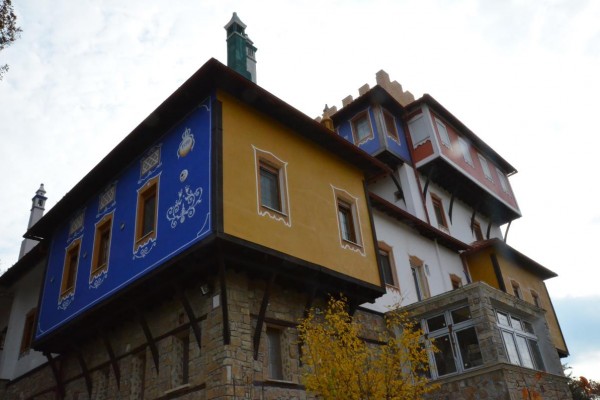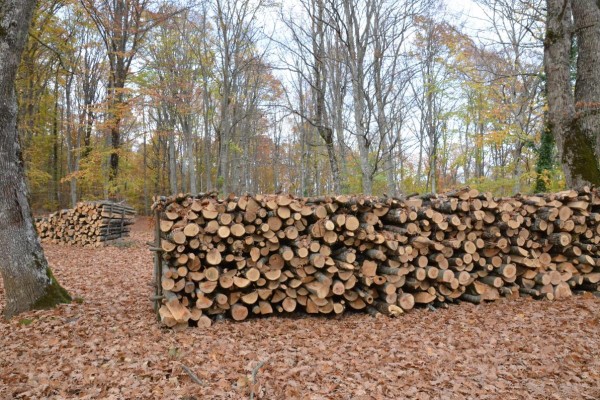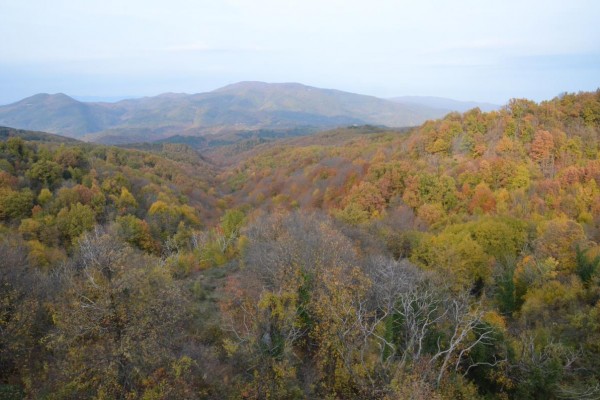Η in front of Mount Athos is a new tourist destination, in the rather unknown to most inland Chalkidiki, defined by three Natura sites -the mountain range of Holomont, the Aristotelian mountain and Mount Athos.
Since 2009, when the Pre-Mount Athos Tourism Organization was founded, the area with the planned marketing activities that it developed, aroused the tourist interest. And it was natural, because the pre-Mount Athos area of Halkidiki is a small paradise. Three hundred whole kilometers of coastline (the largest in Halkidiki), countless beaches and beaches, bays, islands, crystal clear waters, modern tourist facilities, golden plains, lush mountains with beech, oak and fir forests, vast pastures, beautiful settlements and other hospitable people to grow? Especially when it is a few steps from Mount Athos, the other peninsulas of Halkidiki, the Sithonia and Cassandra and when at its center are the Stageira, the birthplace of the greatest ancient philosopher Aristotle, who taught Alexander the Great and left a great work to all mankind.
The inhabitants of this special corner of Halkidiki lived for years from livestock, logging (here is the village of Taxiarchis where 65% of the Christmas trees are grown), crops and fishing.
And if the land and nature of Halkidiki offered their goods richly, the subsoil of the area hid treasures.
Because if the silver from the mines of Lavrio supported the cultural prosperity of Athens in classical times and shielded the defense of the city during the Persian Wars, the gold mines of Halkidiki and Paggaio contributed to the prosperity of the Macedonian dynasty with Philip II and financed the campaigns of Alexander the Great.
NE Halkidiki has a long history with the mining activity, samples of which are preserved in more than 300 wells with 200 thousand cubic meters of ancient metallurgical waste (rust).
The exploitation of mines He started them again during the Byzantine times and continued the period of Ottoman rule, where 12 villages (Galatista, Vavdos, Riana, Stanos, Varvara, Arnaia, Neochori, Stageira, Stratoniki, Chorouda, Megali Panagia, Ierissos) were called peculiar regime, as from 1705 with a sultan's firman, their inhabitants were granted the right to exploit the silver mines, in exchange for the return of a quantity of silver per year. These villages continue to supply the modern mines located in the area with workers.


